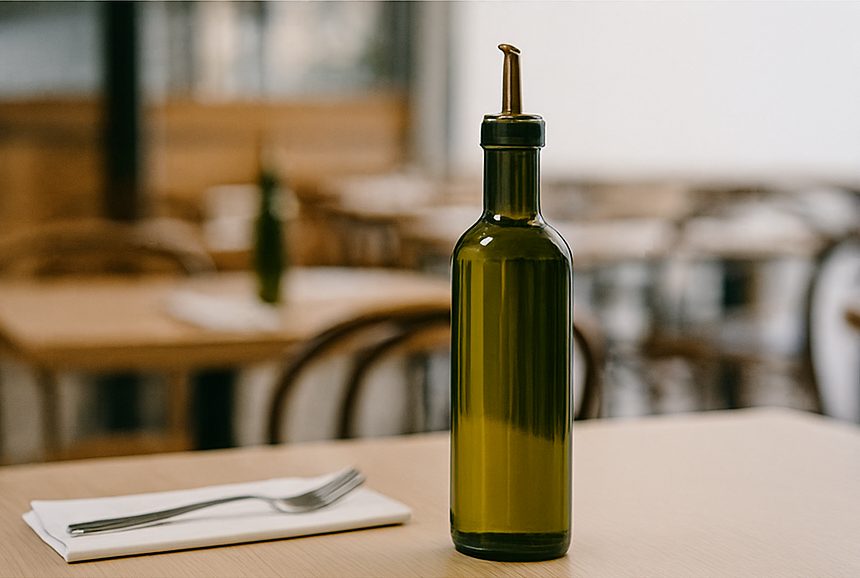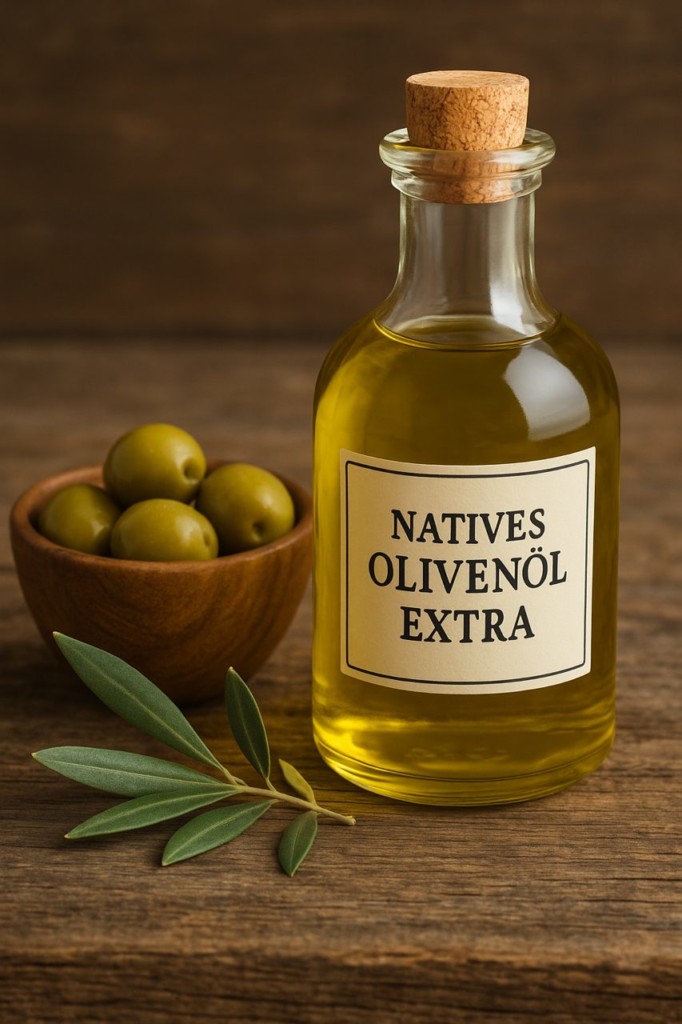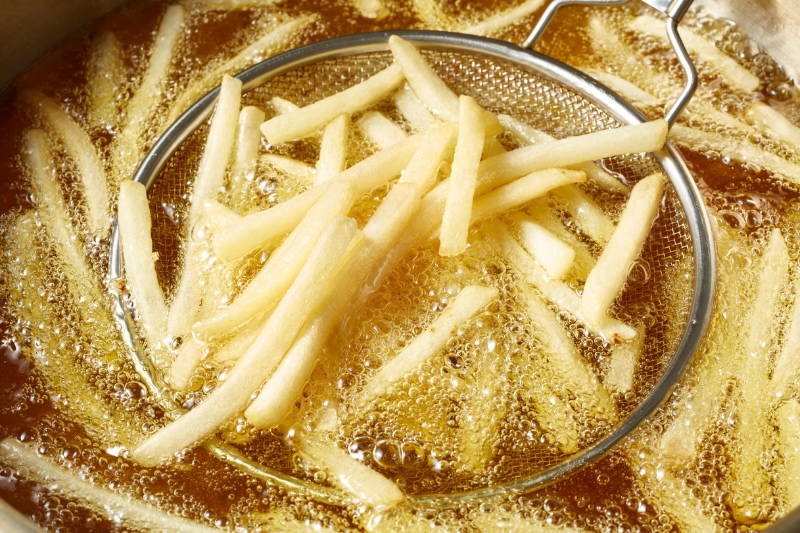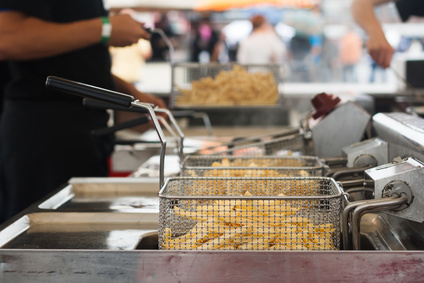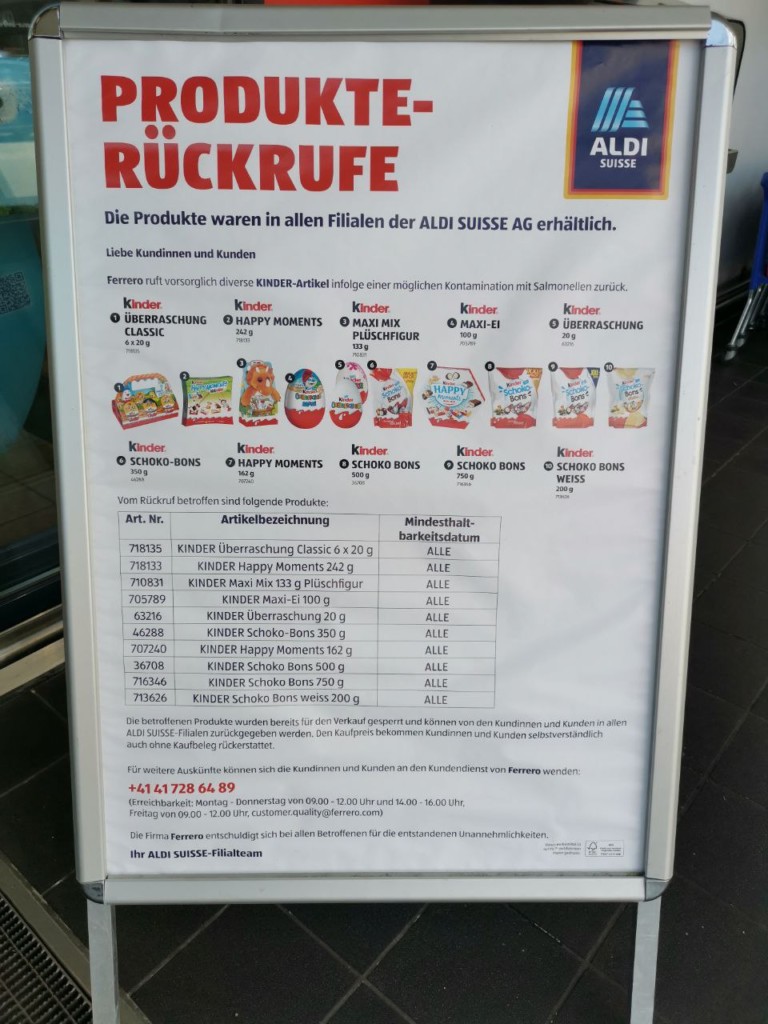
Almost everyone has heard of salmonella and is immediately associated with eggs or poultry, but how do these bacteria get into chocolate?
It happened around Easter time when a chocolate recall was doing the rounds. A well-known chocolate manufacturer had to clear all chocolate products for children from the shelves. The reason: suspected salmonella.
More and more cases of sick children came to light. Many, especially younger children, contract salmonellosis, the disease associated with a salmonella infection, after eating the affected chocolate.
Many wonder how this could happen and how the salmonella got into the chocolate.
Salmonella are bacteria belonging to the enterobacteria family and are found in the intestines of animals, especially chickens. Salmonella infection can cause diarrhea, headache, fever, and vomiting lasting several days. Symptoms usually go away on their own in healthy people. In babies, small children and older people, however, severe courses are possible.
Cocoa beans for the chocolate
It is believed that cocoa beans are stored outdoors to dry in the countries where they are harvested. Thus it can also happen that birds contaminate the beans with their droppings and thus salmonella gets onto the beans.
However, this problem has always been known, which is why measures were taken on site to prevent this.
There is also a lot that can be done in chocolate production to minimize the risk of salmonella in the product.
The roasting of the cocoa beans, a special treatment of the cocoa powder through alkalization and the heat treatment of the cocoa mass with steam are just some of the measures that can help reduce germs. However, this does not automatically ensure that the salmonella are reliably killed. There is often a residual risk, which is why a complete control of the critical points in the process and the microbiological analyzes of the products are indispensable on the part of the manufacturer.
But how did the bacteria get into the chocolate this time?
In this particular case, the manufacturer indicated another source as the cause of the bacterial contamination. A filter at the outlet of two raw material tanks with buttermilk is said to have been responsible for the contamination of the chocolate with salmonella.
According to the Federal Institute for Risk Assessment, even very small amounts of germs in chocolate are sufficient to trigger a disease. Salmonella are very well protected in the high-fat chocolate against the acidic environment in the human stomach and therefore reach the intestines almost undamaged. Salmonella can survive in chocolate for several years and they also show a very high heat resistance.
According to the Federal Institute for Risk Assessment, salmonella is one of the main causes of foodborne infections, but these are usually cases more associated with poultry meat and eggs than with chocolate. Such impurities are very rare in chocolate.
The last chocolate-related salmonellosis outbreak known to the Institute occurred in Germany in 2001. From 2012 to 2019, around 2,500 samples of chocolate products were examined by the respective authorities of the German federal states and salmonella was not detected in any of the reported samples from these years.

